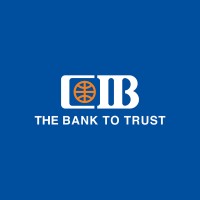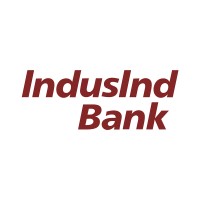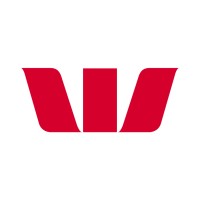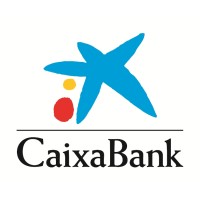Company Cyber Security Posture
NANA
NA Company Details
NA
NA
NA
NA
NA
NA
Scan still pending
NA
NA
Between 200 and 800
This score is AI-generated and less favored by cyber insurers, who prefer the TPRM score.
 NA Global Score
NA Global Score.png)

Company Scoring based on AI Models
| Model Name | Date | Description | Current Score Difference | Score |
|---|---|---|---|---|
| AVERAGE-Industry | 03-12-2025 | This score represents the average cybersecurity rating of companies already scanned within the same industry. It provides a benchmark to compare an individual company's security posture against its industry peers. | N/A | Between 200 and 800 |
Company Cyber Security News & History
| Entity | Type | Severity | Impact | Seen | Url ID | Details | View |
|---|
Company Subsidiaries

NA
Access Data Using Our API

Get company history
.png)
NA Cyber Security News
Dubai’s Emirates NBD in early talks to buy Turkey’s Denizbank
Emirates NBD has previously acquired BNP Paribas' Egyptian banking business and has been scouting for opportunities in the Turkish banking ...

NA Similar Companies

CIB Egypt
Commercial International Bank was established in 1975 as a joint venture between the National Bank of Egypt (NBE, 51%) and the Chase Manhattan Bank (49%) under the name "Chase National Bank of Egypt”. Following Chase's decision to divest its equity stake in 1987, NBE increased its shareholding to 99

Central Bank of Nigeria
The mandate of the Central Bank of Nigeria (CBN) is derived from the 1958 Act of Parliament, as amended in 1991, 1993,1997,1998,1999 and 2007. The CBN Act of 2007 of the Federal Republic of Nigeria charges the Bank with the overall control and administration of the monetary and financial sector pol

IndusInd Bank
IndusInd Bank, which commenced operations in 1994, caters to the needs of both consumer and corporate customers. Its technology platform supports multi-channel delivery capabilities. As on March 31, 2022, IndusInd Bank has 2,265 Branches / Banking Outlet and 2,767 ATMs spread across 776 geographical

Handelsbanken
We are Europe's safest commercial bank, with roots in local communities throughout Sweden, the Netherlands, Norway, and the UK. Across a range of digital and physical meeting places, our branch teams offer ‘up close and personal’ financial advice and solutions, based on customers’ individual needs.

Westpac
From rescue helicopters and signing the Equator Principles, to paying super during parental leave and initiatives like Westpac SaferPay and SafeCall to protect customers from scams... we have a proud history of stepping up to be first for our customers, communities and people. We are Australia’s old

CaixaBank
We are the leading financial group in the Spanish market, comprised of banking business, insurance activity and investments in international banks and leading companies in the services sector. CaixaBank is a financial group with a socially responsible, long-term universal banking model, based on qua

Frequently Asked Questions
Explore insights on cybersecurity incidents, risk posture, and Rankiteo's assessments.
NA CyberSecurity History Information
How many cyber incidents has NA faced?
Total Incidents: According to Rankiteo, NA has faced 0 incidents in the past.
What types of cybersecurity incidents have occurred at NA?
Incident Types: The types of cybersecurity incidents that have occurred include .
Additional Questions
What Do We Measure?
















Every week, Rankiteo analyzes billions of signals to give organizations a sharper, faster view of emerging risks. With deeper, more actionable intelligence at their fingertips, security teams can outpace threat actors, respond instantly to Zero-Day attacks, and dramatically shrink their risk exposure window.
These are some of the factors we use to calculate the overall score:
Identify exposed access points, detect misconfigured SSL certificates, and uncover vulnerabilities across the network infrastructure.
Gain visibility into the software components used within an organization to detect vulnerabilities, manage risk, and ensure supply chain security.
Monitor and manage all IT assets and their configurations to ensure accurate, real-time visibility across the company's technology environment.
Leverage real-time insights on active threats, malware campaigns, and emerging vulnerabilities to proactively defend against evolving cyberattacks.




